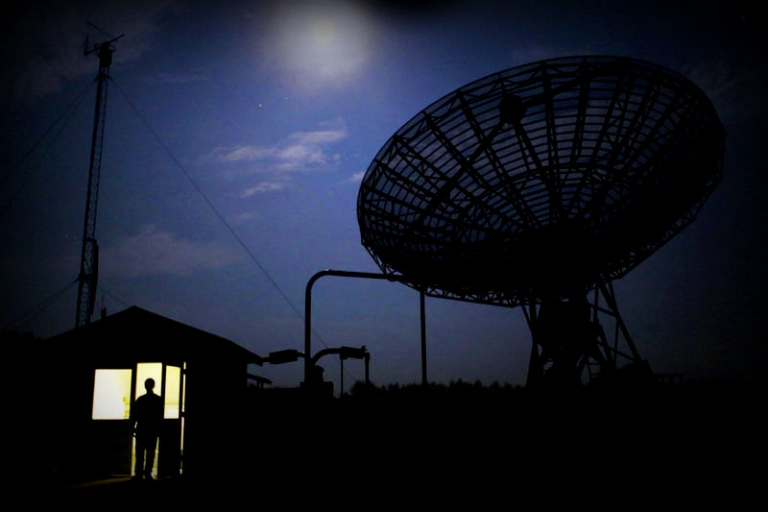
The National Science Foundation has announced plans to leave open the remote Green Bank Observatory high in the Allegheny Mountains in eastern West Virginia.
Formerly the National Radio Astronomy Observatory, the facility includes the world’s largest fully steerable radio telescope, though it may best be known for its remote location—among mountains that block radio interference from Washington, D.C.
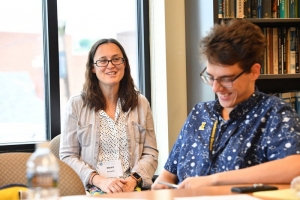
For accuracy, the telescopes must be protected from radio interference. and so the observatory was located amid some of the highest ranges in the Alleghenies.
The National Radio Quiet Zone was established to limit further interference.
According to Jake Stump, director of research-communications at the university, the operational status of the observatory is a boon to researchers worldwide.
Many breakthroughs at the observatory have involved WVU research, Stump stressed.
In 2018, he said, Professor Duncan Lorimer was part of an international team of astronomers that proved a fundamental pillar of Einstein’s theory of gravity held true in extreme gravity.
Maura McLaughlin, a professor of physics and astronomy, uses the observatory for research and teaching and co-founded the Pulsar Search Collaboratory to help West Virginia high school students explore pulsars.
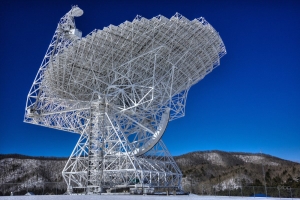
The foundation issued its record of the decision following an environmental impact analysis and its collection of input from the public and the scientific community.
It has agreed to leave the facility open and pursue new partnerships with stakeholders as funding for the federal agency is reduced, Stump said.
The observatory is currently operated by Associated Universities, Inc.—a Washington, D.C.-based, nonprofit research management corporation.
Find out more about the observatory and its visitor center here.
PODCAST EPISODE 9: STAR HUNTERS
"On a dark summer night, teenagers tromp down a road that disappears into the trees. It’s actually a terrible time to do what they’re going to do."
Listen to WVU's Star Hunter Podcast

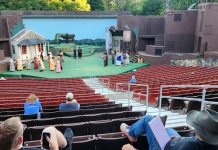



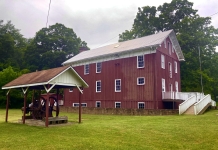
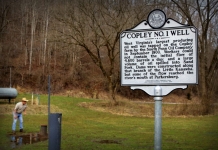
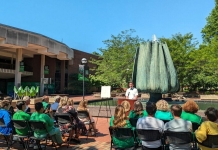





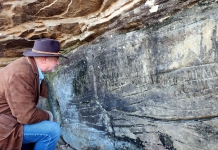


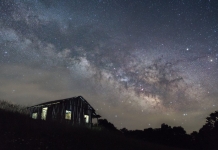





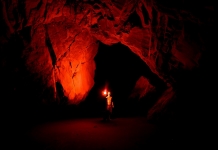






Facebook Comments